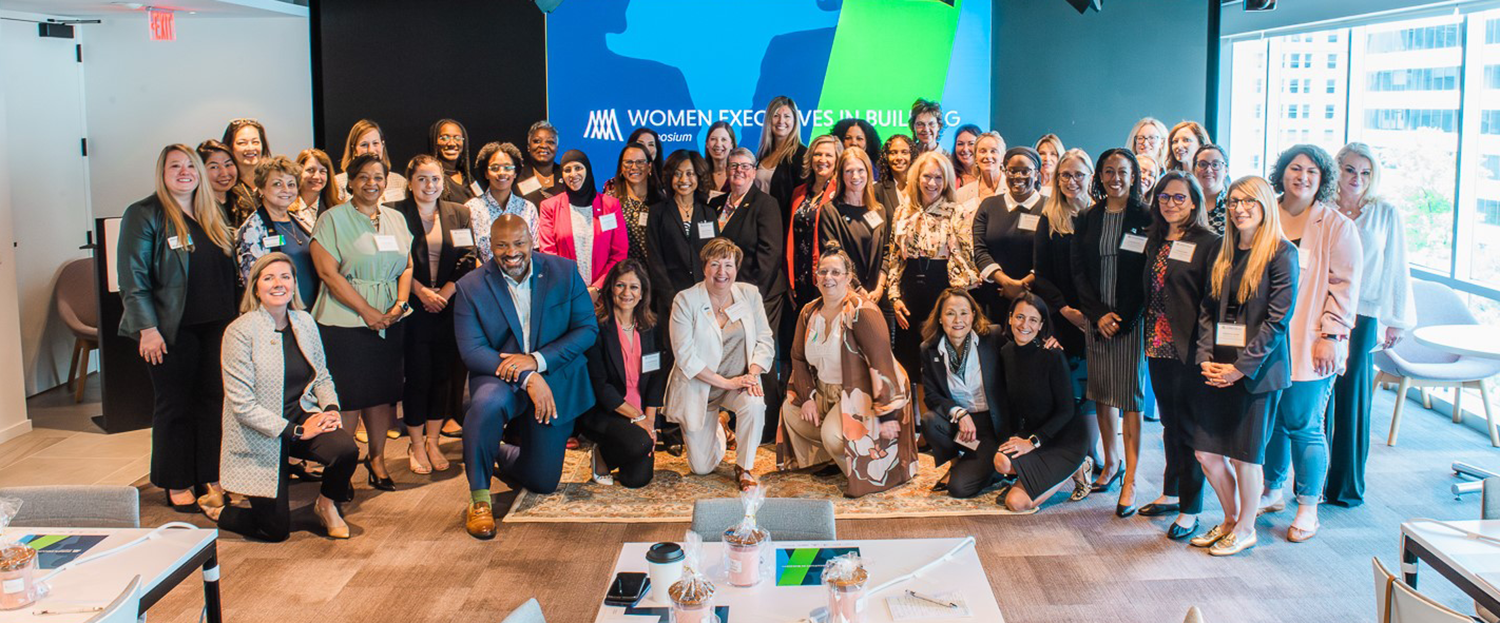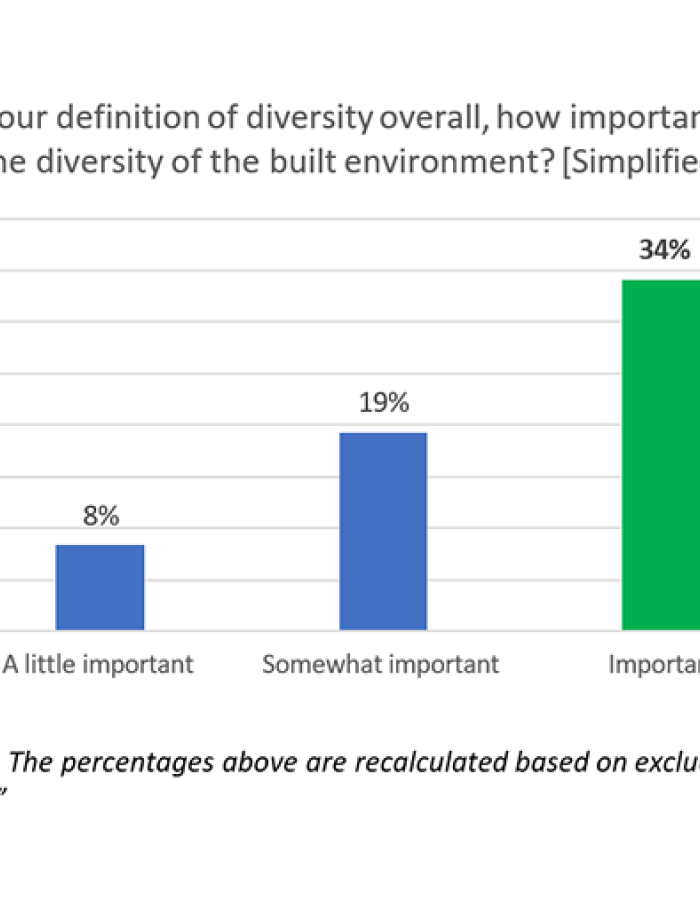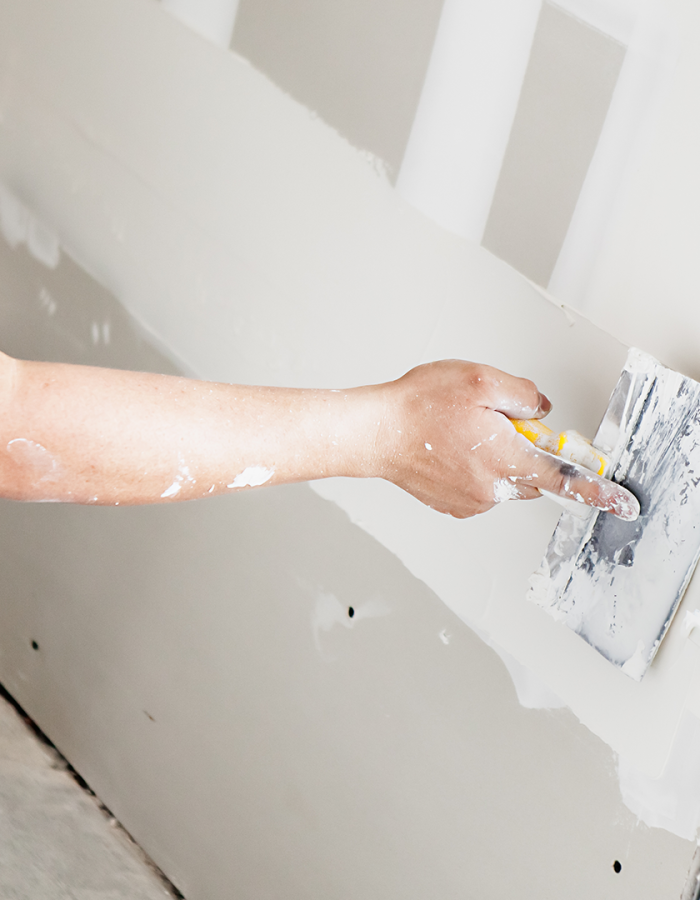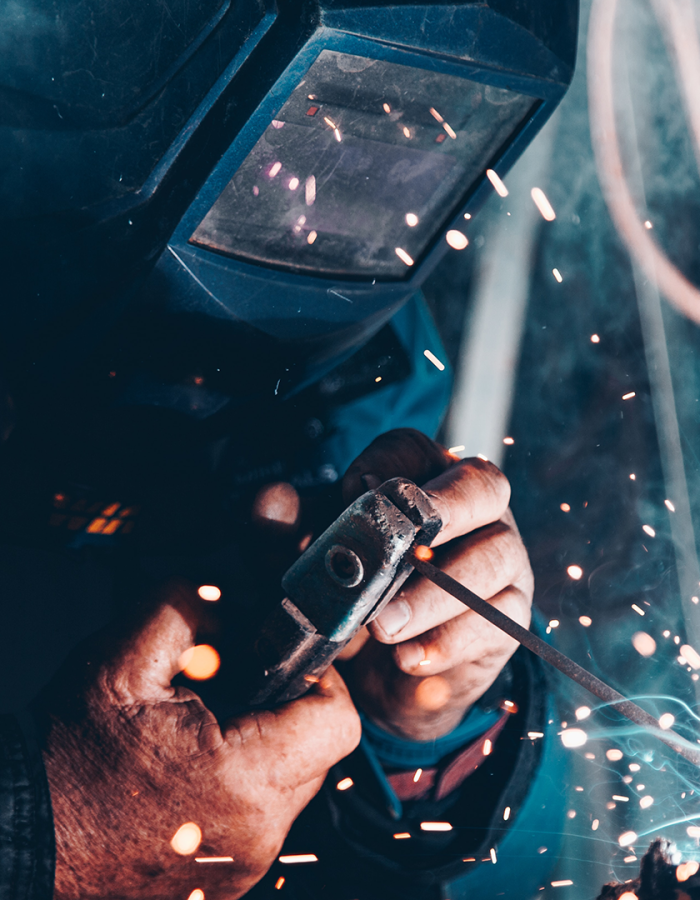Building Innovation: Who’s the 2024 Exceptional Woman in Building?

NIBS recently held a workshop for building industry executives to discuss social equity and workforce goals. Three breakout groups of 10-15 individuals convened and discussed problems and solutions.


NIBS recently hosted an invitation-only Women Executives in Building symposium.
More than 40 women attended, and speakers included NIBS board members and women executives from both corporate and nonprofit built environment organizations. Event sponsors included Delta Controls, 84 Lumber, Compass Datacenters, Daiken, and Green Building Initiative.
Highlights included:

The National Institute of Building Sciences has released its 2023 Built Environment Workforce Survey, an update to the 2021 survey, which collected thousands of responses on issues related to diversity, equity, and inclusion in the built environment.
Pages:
File Size:

Building America, a program of the U.S. Department of Energy's National Renewable Energy Laboratory, seeks proposals for multidisciplinary expert teams to tackle reducing greenhouse gas emissions, or decarbonizing, existing homes of several U.S. regions.
Projects will address technical challenges through field validation and demonstration, measurement and verification, and workforce training.

A major increase in construction jobs has employers struggling to find enough crew workers to handle projects. In March, reports showed a plunge in construction opportunities. Now, a little over a month later, the issue is a lack of available workers to fill an influx of construction job openings. The problem has become so significant that some businesses have had to decline more projects than they accept in order to minimize risk.

The National Institute of Building Sciences takes social equity in the built environment very seriously.
This month, NIBS convened 30 building industry executives to discuss social equity and goals to steer the future of the U.S. built environment workforce.
The roundtable included participants being carried through exercises to develop an envisioned future of the built environment. The exercises involved breakout groups to ultimately create goal statements to work toward.
The highest-performing goal statements included:

With more than 5.6 million commercial buildings and 118 million housing units in the United States, existing buildings are a key asset to the nation.
But as the needs of society shift, policymakers, building tenants and owners place increased emphasis on the performance of buildings, including sustainability, health and resilience. The existing building stock must be prepared to respond.